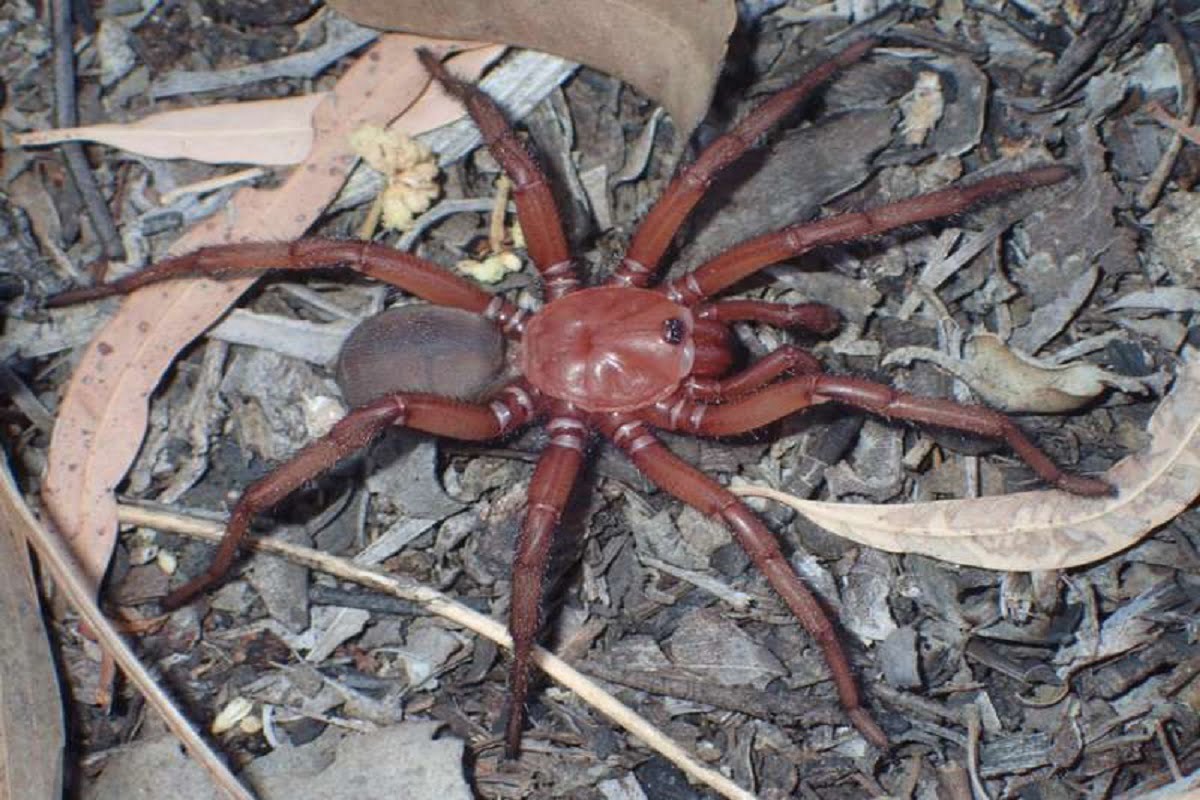Three spider experts from the Queensland Museum Collections and Research Center have discovered a new species of giant trapdoor spider in Queensland, Australia. The team, consisting of Michael Ricks, Jeremy Wilson and Paul Oliver, conducted a four-year field research to find evidence of the spider, including DNA analysis, and museum, and field specimens.

The spider was first discovered four years ago when Queensland Museum staff found an unknown giant trapdoor spider specimen in their collection. Such discoveries inspired the team to begin a year-long field research aimed at finding actual examples of the spider.
They found specimens near Monto and Eidsvold in the Brigalow Belt of Queensland, Australia. The spider was named Euoplos dignitas, which means “dignity” in Latin. The name was chosen because the species is quite large, with females reaching up to 50 millimeters in length.
This species of spider builds nests in holes dug in the ground in forested areas. Despite its large size, the spider prefers to maintain privacy and at the same time is shy in nature. For this reason, it is not considered a threat to humans.
However, the research team found that much of the spider’s natural habitat has been lost due to land clearing and deforestation, leaving the species endangered. The research team’s findings are published in the Journal of Arachnology.
Specimens in the museum’s archives were obtained in the early to the mid-20th century but have not been clearly identified. So it was the responsibility of the research team to determine the characteristics of the species. The research team compared its characteristics and DNA with other spiders in Australia, showing that the newly discovered species is unique.
